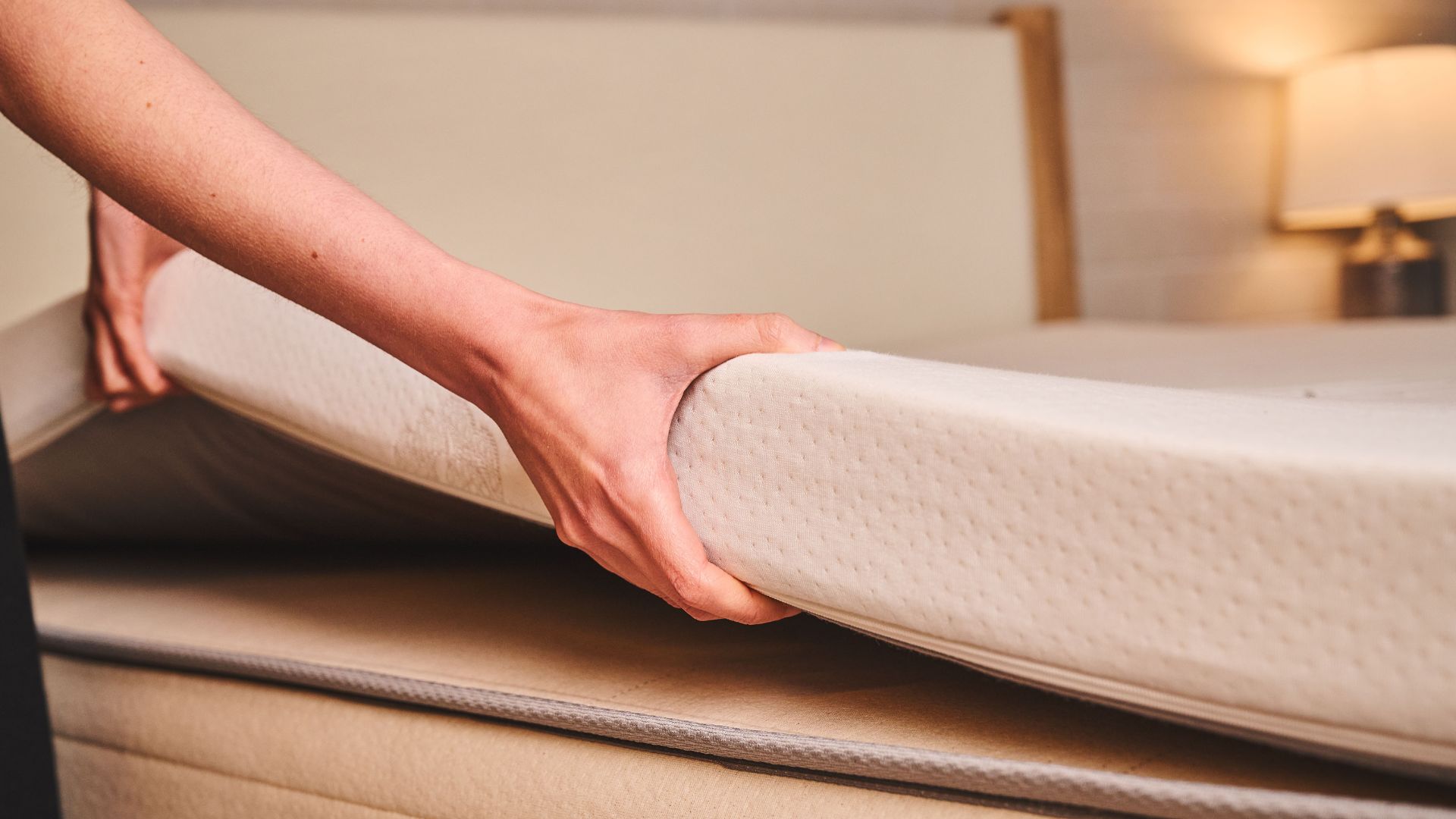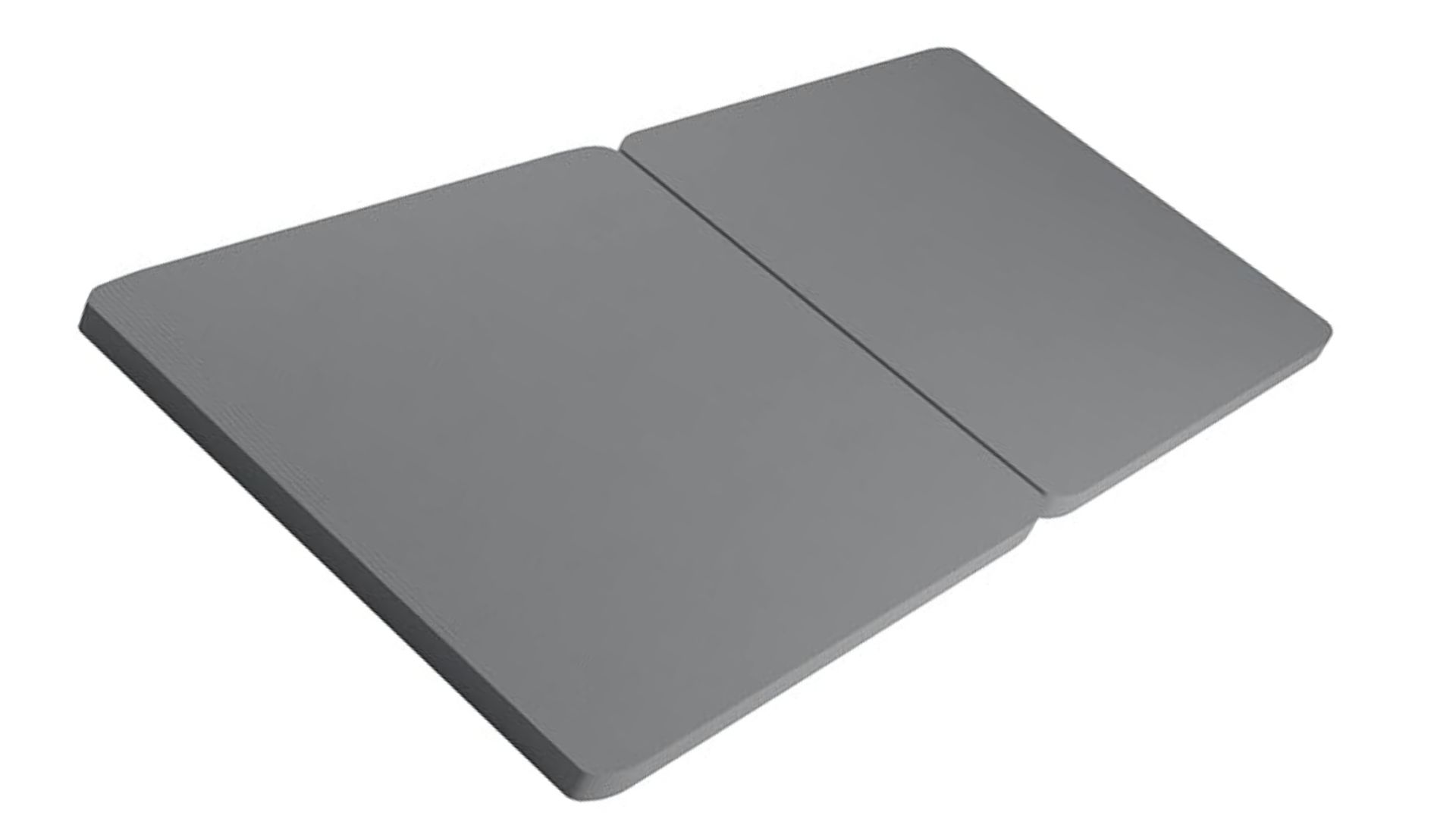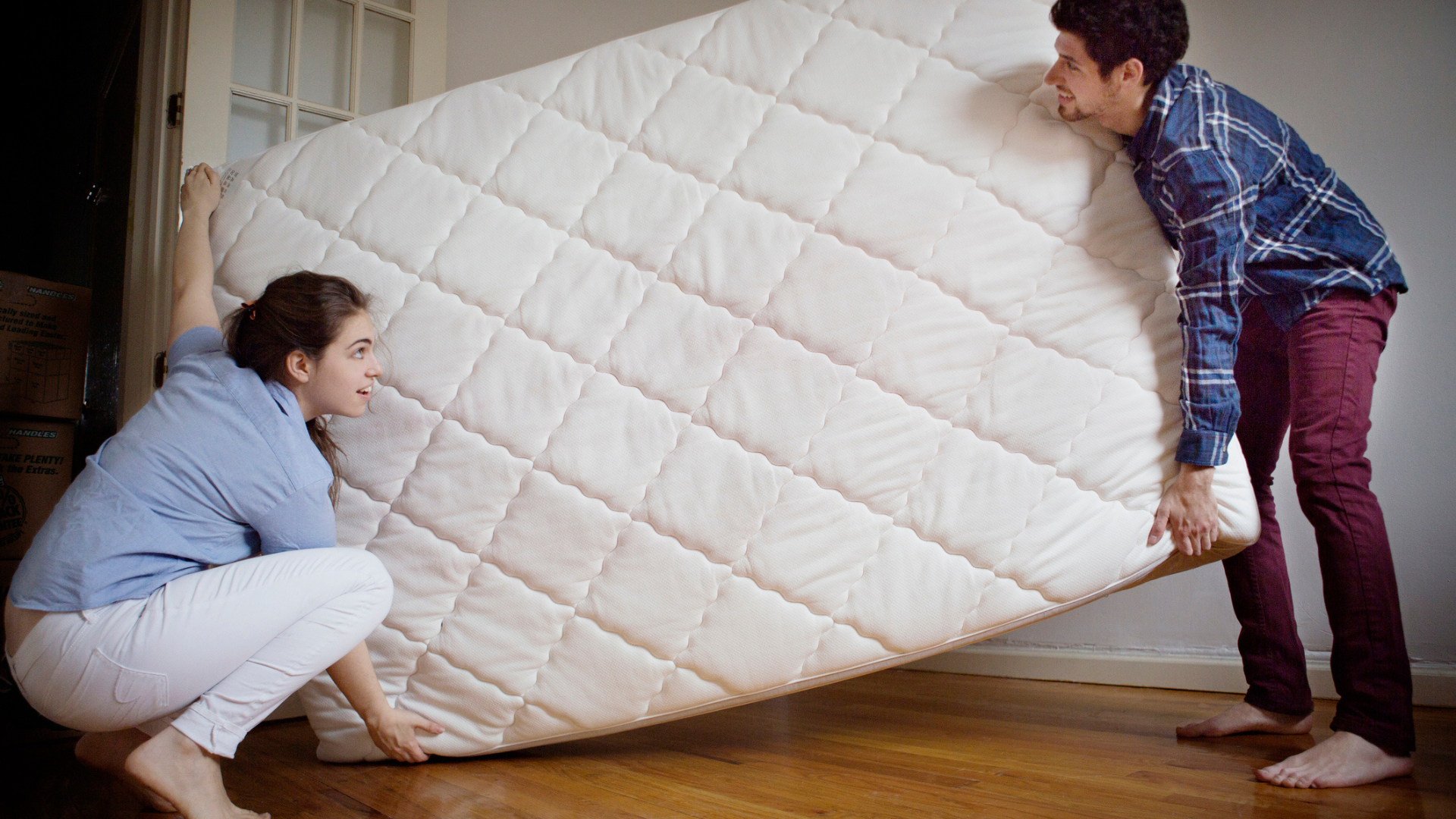5 ways to make your old mattress more comfortable without replacing it
Is your mattress too firm or too soft for you? These tips should help make it feel a lot comfier

Mattresses are expensive, so it's understandable that you want to keep yours in good condition for as long as possible. However, if your mattress has grown uncomfortable to sleep on, is there a way you can make it comfy again? Or does it need replacing altogether?
While you could see this as an opportunity to replace it with something new, and we have some great recommendations in our guide to the best mattress of 2025 for all sleepers, this may not be an option if you're on a tight budget. Fortunately, there are ways to make an old mattress more comfortable in the short-term unless you have the budget to buy new.
Here we break down the top five most cost-effective ways to make your old mattress comfier. But if you do decide a new bed is the way to go after all, then this year's Black Friday mattress deals are a great time to buy.
5 ways to make your old mattress more comfortable
1. Use a mattress topper
If you're looking to rescue an old bed, your first option is to invest in one of the best mattress toppers. A mattress topper can add extra protection to your mattress, prolong its life, and adjust its support and comfort.
They're also much cheaper than a new mattress, with the average queen-sized memory foam topper costing just $299 — compared to $989 for the average queen memory foam mattress. You'll also likely find a bargain in the upcoming Black Friday mattress topper sales.
For older mattresses, we recommend a mattress topper that's around three to four inches thick. Anything thinner than that won't make much of an impact. You can choose from a memory foam topper or a latex topper (or even a hybrid topper), but opt for the former if you're on a tight budget.

2. Use a bunkie board
A bunkie board is a flat board that sits under the mattress to boost its support and provide a solid surface for your bed. They are also used to cover the spaces of bed bases with wide slats, so your mattress won't sink through the gaps and cause premature sagging.
Sign up to get the BEST of Tom's Guide direct to your inbox.
Get instant access to breaking news, the hottest reviews, great deals and helpful tips.
Bunkie boards usually cost under $100 for a twin and under $150 for a queen, such as the Split Nutan Fully Assembled Bunkie Board from $70.97 at Amazon.
3. Tighten your bed frame
Frequent use can cause the fixings of a bed frame to loosen. If your bed frame has weakened, your mattress will start to sag and become softer. By tightening your bed frame a softer mattress can instantly feel firmer and you can gain back some support.
If the slats in your bed base aren't covered up, then you may want to check if your bed frame is loose. However, in much the same way we recommend replacing your mattress semi-regularly (which we'll cover more below), we also recommend replacing your bed frame roughly every 10 years. For an older bed frame, this might mean that no amount of tightening will get it back in shape.
4. Check your mattress warranty
Most beds come with a mattress warranty, and most mattress warranties last around 10 years (as this is the typical lifespan of a mattress). But some mattress warranties last longer — even a lifetime.
There's a strong chance your mattress came with a warranty, and if you purchased your bed less than 10 years ago, it's probably still valid. Check to see how long your mattress warranty lasts and whether it has expired.
If the warranty is still valid, check whether it covers sagging. While most warranties do cover sagging, brands are fairly precise about what constitutes enough sag to qualify as a problem. The best way to measure sagging is to stretch a piece of string from one side of the mattress to the other. The distance from the string to the base of the dip is your sag.

5. Rotate your mattress
If your mattress is uncomfortable due to a dip, your best bet is rotating the mattress 180 degrees. Rotating the mattress moves the dip to lower-down on the other side of the bed, spreading out any wear and tear caused by overuse of one area (especially if you prefer a particular spot to sleep in).
We recommend rotating your mattress every three to six months. You can also flip your mattress if it has an innerspring-only design (i.e. no foam) but most memory foam mattresses and hybrid mattresses cannot be flipped as their designs are one-sided.
How often should you replace your mattress?
While these practical tips work on mattresses that have seen better days, some older mattresses are too old and worn out to save. In fact, sleeping on a mattress that doesn't support you could lead to issues such as insomnia and lower back pain.
Most mattresses should last around 10 years. After that, it's time to look for a replacement. However, some life expectancies are shorter or longer, depending on the quality, design, and materials of the mattress. For example, a budget innerspring bed will need replacing every five to seven years, while the best organic mattresses can last up to 25 years thanks to the durability of the materials.
And even if you aren't quite ready to replace your mattress, the tips above work best as a short term solution. While they can adjust the feel and potentially add a supportive boost, they can't fix a broken bed. But don't worry, we have plenty of advice for buying a new mattress, when the time comes.

Frances Daniels is a PPA-accredited journalist and Sleep Staff Writer at Tom's Guide with an MA in Magazine Journalism from Cardiff University. Her role includes covering mattress and sleep news and writing sleep product reviews and buyer's guides, including our Best Hybrid Mattress 2025 guide. She is hugely interested in the relationship between good sleep and overall health, interviewing a wide array of mattress and sleep experts to create well-informed articles about important topics such as nutrition, sleep disorders (from sleep apnea to night terrors), lucid dreaming, sleep hygiene, and mattress care. She is also our specialist on mattress toppers — producing mattress topper reviews and taking care of our Best Mattress Toppers 2025 guide — and takes the lead on all content related to fiberglass-free mattresses for a clean, non-toxic sleep. Outside of Tom's Guide, she has written for Ideal Home, Homes & Gardens, and Marie Claire.
